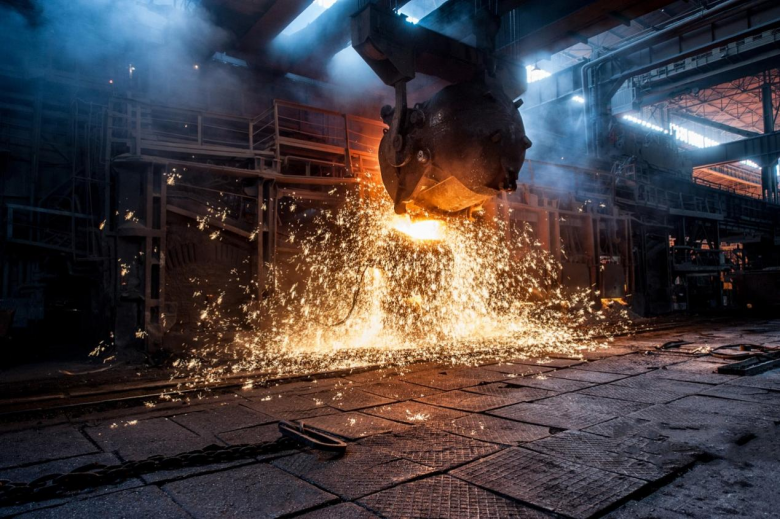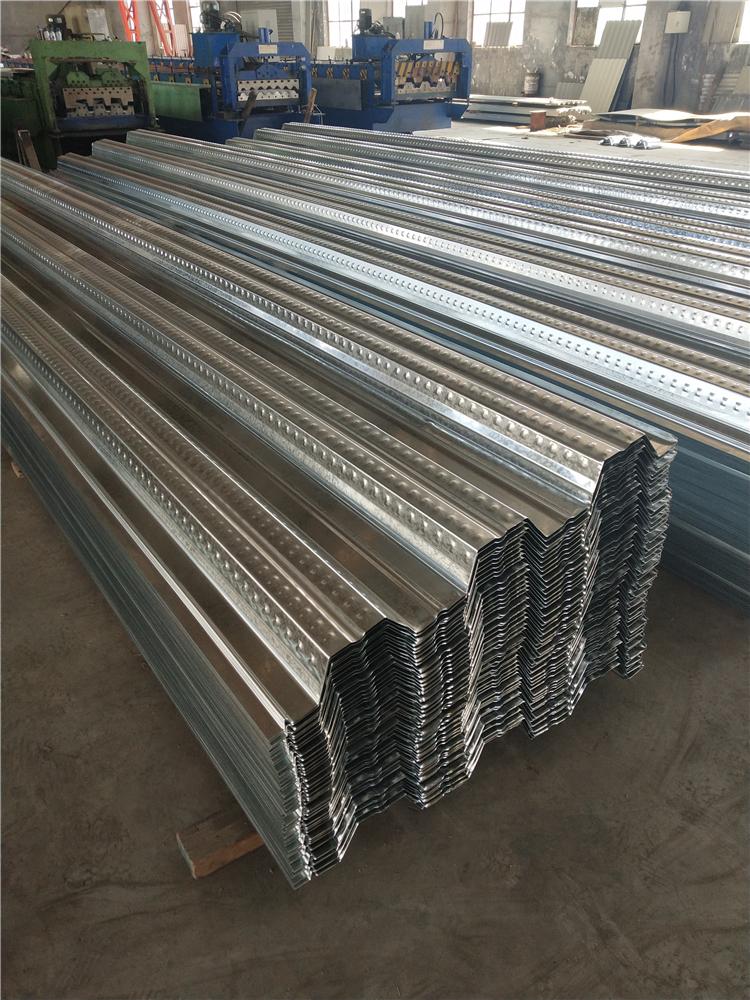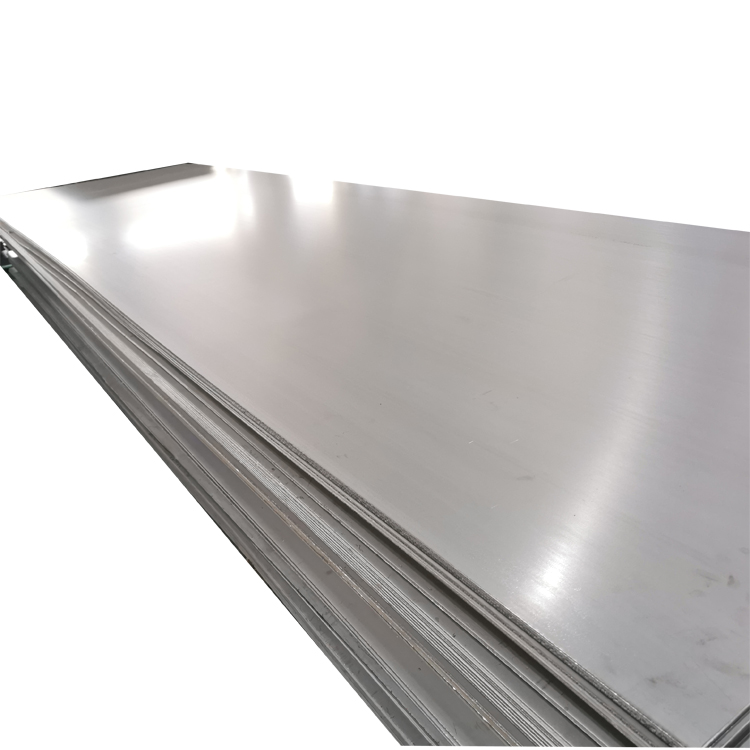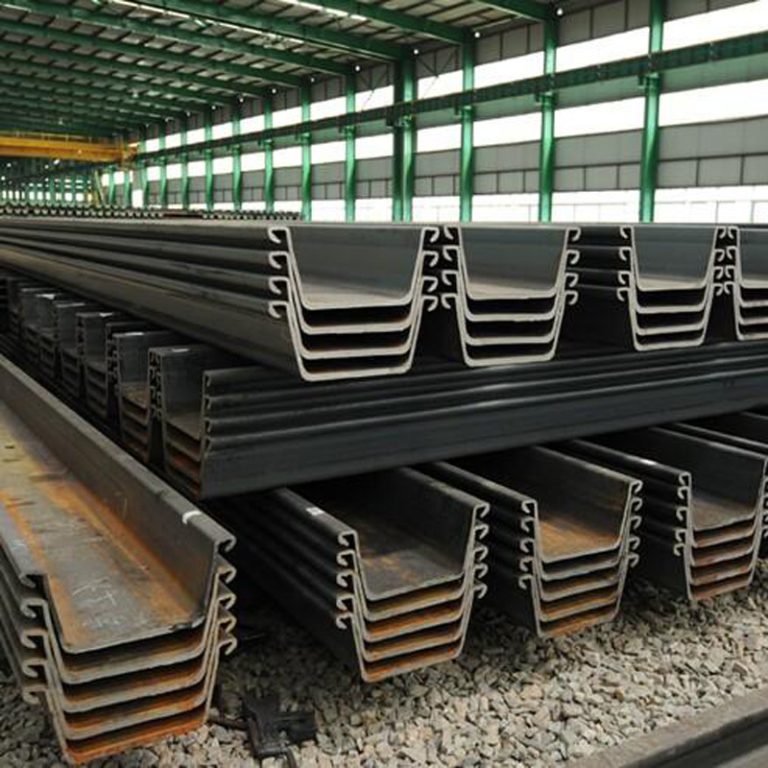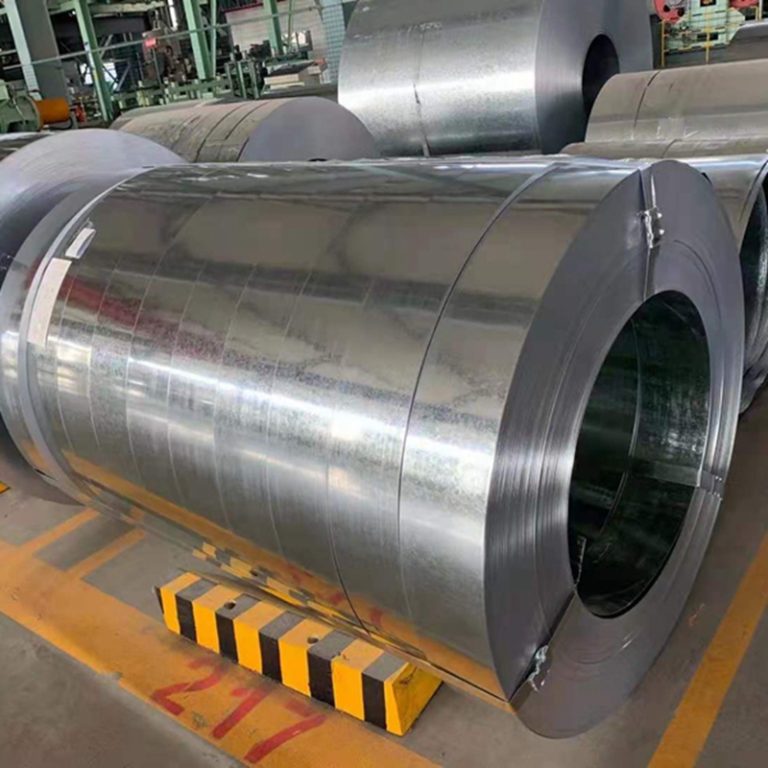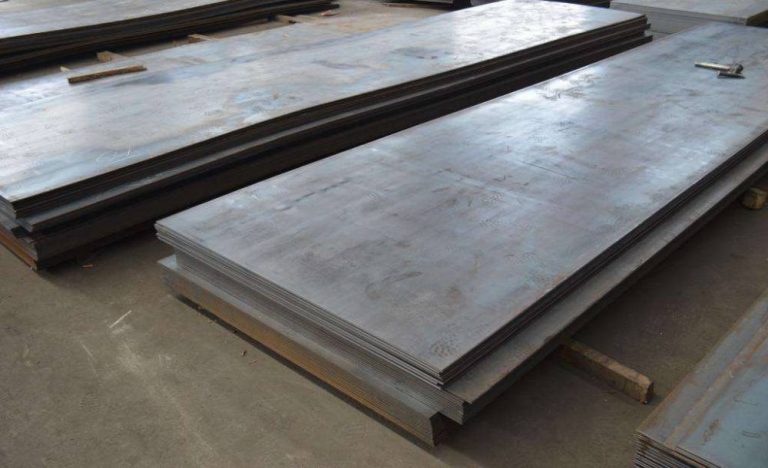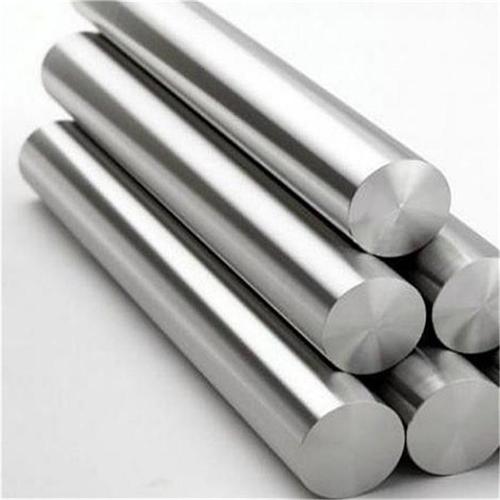The main differences between cold rolling and hot rolling of stainless steel are as follows:
Processing temperature:
Hot rolling: It is carried out at a temperature higher than the recrystallization temperature (usually above 1000°C), and the material is easier to shape and suitable for large thickness production.
Cold rolling: It is carried out at room temperature, and the strength increases after rolling, and the surface is smooth.
Surface treatment:
Hot rolling: The surface is rough, and subsequent processing or surface treatment is usually required.
Cold rolling: The surface is smooth and flat, and usually has a better appearance.
Mechanical properties:
Hot rolling: The mechanical properties of the material are lower, the plasticity is better, and it is suitable for large deformation.
Cold rolling: The strength and hardness are improved, but the plasticity is reduced, which is suitable for applications with high precision requirements.
Application areas:
Hot rolling: It is mostly used for structural materials such as buildings, bridges, and shipbuilding.
Cold rolling: It is mostly used for products that require good surface and dimensional accuracy, such as home appliances, automobiles, and precision parts.
Cost:
Hot rolling: Usually low cost and high production efficiency.
Cold rolling: Relatively high cost and complex process.
Choosing the right rolling method based on specific needs and applications can better meet project requirements.

